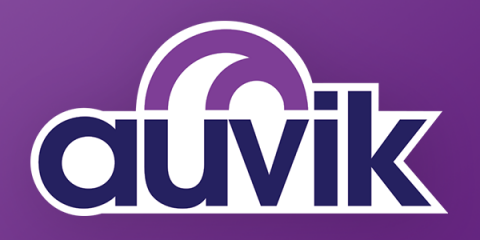Weathering an Economic Downturn: How Cycle Can Help Your Business Survive
In the last month, we’ve seen one of the most dramatic movements in economic activity ever recorded. Many business owners are clutched in the grips of mandatory closures and uncertainty of the future, for their business and for their employees. The tech world has been hit less hard — at least for now. Remote work is second nature to many of us and offering our products in the digital space means we are open for business.











